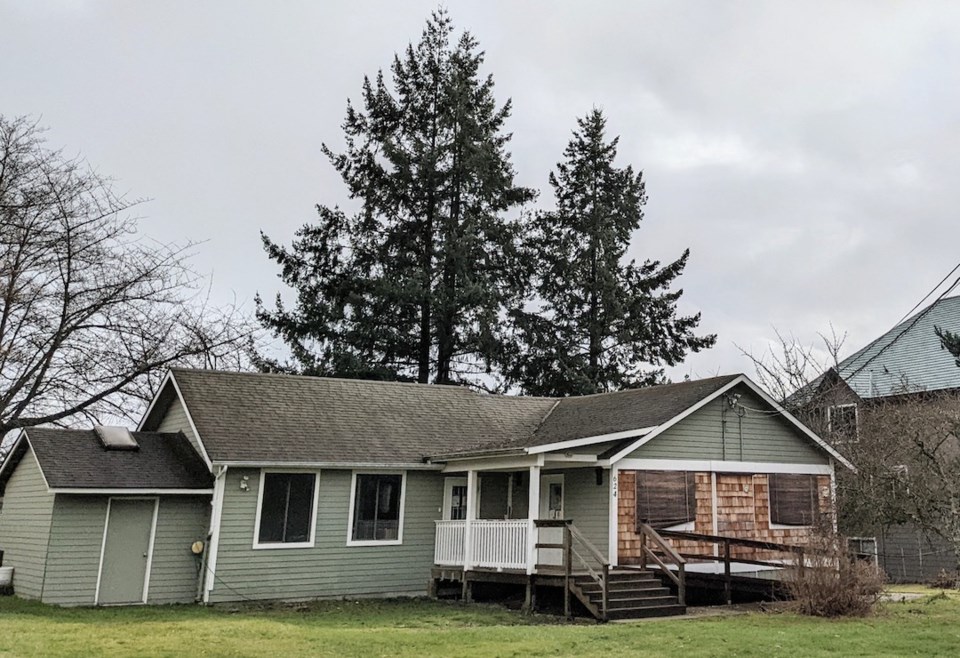The Coastal Recovery Community, a Coast-based benefit corporation, is hoping to establish a four-bed addiction recovery facility for men at 624 Farnham Road in Gibsons.
On Jan. 18, the group was encouraged to apply for a temporary use permit (TUP) to allow for a residential use on that commercially zoned location.
Corporation directors Emily Gee, T.J. Sheehan and Dana Caple appeared as a delegation at a Gibsons committee of the whole meeting that day. They outlined the dire need for on-Coast residential addiction treatment and for a local facility that can support people post-treatment, as they continue in their recovery. Sheehan stressed the urgency of coming up with a solution to allow the group to proceed. “This project is either going to fold or make a difference in our community,” he said.
The directors noted that they had personally invested in the development of the proposal and have the support of the building’s owner for the proposed use.
“We are trying to come up with solutions to get us up and running. We are ready to go and could be taking people next week,” Sheehan said. He explained that because of the Coast’s tight housing market and attitudes around addiction, the group has been unsuccessful in finding a residentially zoned property for the facility.
Sheehan said he had previously operated a business in the Farnham facility and has a lease on the property. In his view, the location works well for the proposed use, as it is close to Vancouver Coastal Health services, has ample parking as well as access for the mobility impaired and is close to a motel where family members visiting facility clients could stay.
While committee members expressed support in principle for the service that the facility could provide, they stressed the importance of following permitting procedures. For a TUP, those include submission of a detailed application which would be referred to council. If recommended, there would be public notification regarding the application and it would also be sent to referral agencies. Once comments from those processes are considered, council would then consider whether the permit should be issued. A TUP can be issued for up to three years, and one permit renewal is allowed. Councillor Aleria Ladwig said that if the group obtained a TUP, that could be in place in a matter of weeks and would allow it time to consider whether it wanted to enter into a rezoning process for the site, which would take more time.
Town director of planning Lesley-Anne Staats said that the “other stumbling block” for the proposed change for the location could be meeting building code requirements for a residential use. She said that the town does not have record of the location being used as a residence in the past, noted that the structure currently at the location is a Class C building and may require upgrades. Committee member Mayor Bill Beamish suggested that the proponents get a building inspection to determine what work may be required, in addition to addressing the permit issues.
Sheehan noted that this first facility proposal from the corporation would serve male clientele only. In the future the group has plans to open additional small pod-style treatment facilities that would include services for women.



